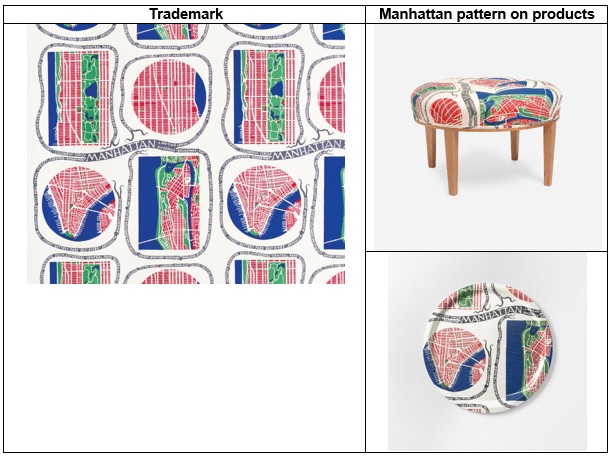A pattern is not a shape of a product – the Textilis case
CJEU judgement dated 14 March 2019 r, case no. C‑21/18
The CJEU considered that art. 7 par. 1 lit. point (iii) of the Regulation in its current form should be interpreted as meaning that it does not apply to trademarks registered before the amendments entered into force. Such a resolution is correct in the first place in the context of the principle of protection of acquired rights. The current change in the absolute grounds of registration would mean that for many trademarks it would expose them to invalidation.

The CJEU also interpreted the prerequisite of shape on the grounds of the abovementioned provision and found that signs consisting of two-dimensional decorative motives, applied to goods such as fabric or paper, do not constitute signs that 'consist exclusively of shape’. Although patterns contain lines and contours – like any shape – they are not identical to the product itself. The decision seems to be the only reasonable one, because the pattern can certainly be another property of the product, but not a shape. Even in the case of designs covering the entire product, such as those presented below, the pattern cannot be considered as forming the shape of the product. It is clearly visible that the lines and contours that make up the pattern do not coincide with the shape of the bags.

However, the decision was not obvious, especially in the context of the Advocate General’s opinion on the red sole of the Louboutin shoe (case no. C-163/16). The Advocate General opined that the red color imposed on the sole of the shoe and registered as a positional sign could be identified with the shape, and therefore considered as an obstacle to registration regarding the shape. The CJEU in the Louboutin case did not share this opinion, and the Textilis judgment confirms the CJEU’s view that the obstacle to the shape of goods should be interpreted strictly and not extended to other properties (eg. color, pattern).
Certainly, you can look forward to the next judgments regarding signs registered under the new rules. It can be expected that the new regulation will significantly reduce the registration of trademarks that constitute a feature of a product, and trademarks of such nature registered in the past will still benefit from protection.
Zobacz też:
Pierwsze pytanie prejudycjalne dotyczące AI
Sprawa C-250/25, Like Company przeciwko Google, została skierowana do Trybunału Sprawiedliwości Unii Europejskiej przez węgierski sąd okręgowy (Budapest Környéki Törvényszék) w kwietniu 2025 r. Sprawa dotyczy działania chatbotów w kontekście prawa autorskiego, w...
Złożoność i wysoka subiektywizacja oceny w zakresie ryzyka konfuzji na przykładzie trzech najnowszych orzeczeń TSUE
Ryzyko konfuzji występuje, gdy odbiorcy mogą nabrać przekonania, że dane towary lub usługi oznaczone przeciwstawionymi znakami towarowymi, pochodzą z tego samego przedsiębiorstwa lub z przedsiębiorstw powiązanych gospodarczo. Przyjmuje się, że ocena ryzyka...
Przegląd orzecznictwa TSUE od 12.04 do 4.05.2025 r.
Poniżej przedstawiamy przegląd orzecznictwa TSUE w sprawach dotyczących własności intelektualnej za okres od 12 kwietnia 2025 r. do 4 maja 2025 r. T-338/24 - Mobility Trader przeciwko EUIPO - Cala and Ruiz (hey car select) - Sprawa dotyczyła postępowania w sprawie...
Kontakt
Zapraszamy do kontaktu lub wizyty w naszej kancelarii
Warszawa
ul. Sobieszyńska 35,
00-764 Warszawa
tel. +48 664 948 372

